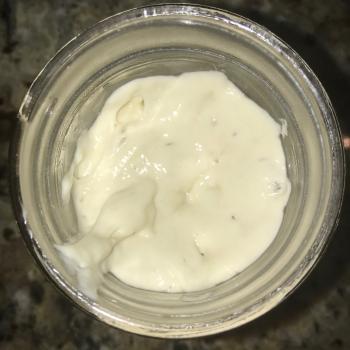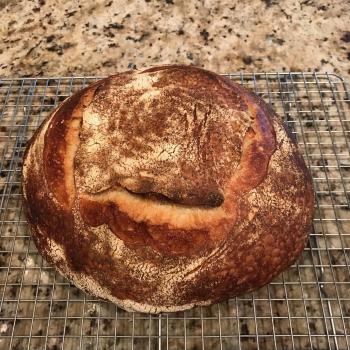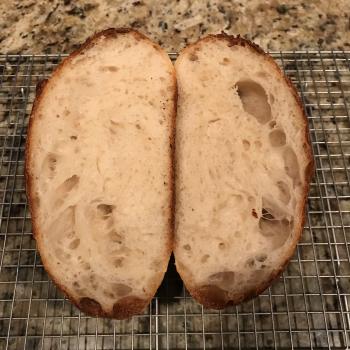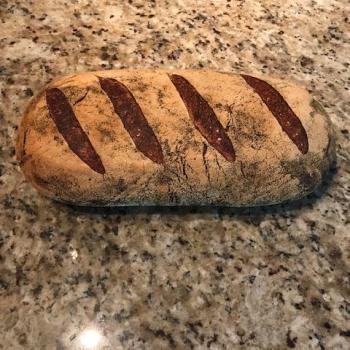
Mixture
100%
Liquid
Flour
Other
Paul's Starter
Since 2016
Looking for bread that would generate less glycemic reaction when eaten and was generally unhappy with the quality of bread available in the Southern US.
Characteristics
I like that it is a good all round starter and can be used successfully for all types of breads from heavy rye and 100% whole wheat breads to light and airy baguettes and focaccia breads. It activates very quickly out of the fridge and creates breads with a nice sweet flavor with excellent rise but I have also been able to create breads with a distinctive sour note and chewy texture.
Taste & flavour

Recipe
Starting ingredients
- 350g Paul's starter
- 300g Filtered water
- 500g 12.7% bread flour (king arthur)
- 18g Table salt (iodine free)
- 50g Filtered water
Feeding ingredients
1
to 100g of active starter add 100g of water and 100g of flour - stir until water is absorbed completely.
Working method
1
I travel internationally for work so my starter is either dormant in the fridge or being used every 3rd day to bake a loaf of bread. It usually takes 2-3 days to "wake up" the starter after 2 weeks away from home with twice daily feedings. On the third day I usually do not discard any of the starter but add flour and water to build up to 350g for baking the first loaf.
350g Paul's starter
2
I use filtered water at room temperature as US municipal water has a lot of chlorine in it. Add the water to the starter and stir before adding the flour. I mix with a table top mixer (Kitchen Aid) and dough hook attachment for 10 minutes on low speed. Dough is allowed to rest for 60 minutes before adding salt.
300g Filtered water
500g 12.7% bread flour (king arthur)
3
Partially dissolve the salt in the water and mix into the dough by hand until all the water is absorbed. Place into a bowl (lightly oiled) and cover - allow to rise in a cool place (68-70F). Note: the weather in North Carolina can get quite hot in the summer so the best performance and flavor is obtained November to May.
18g Table salt (iodine free)
50g Filtered water
4
Every 30 minutes stretch the dough from the outside edge into the center at the four points of the compass and flip the boule over so the seam is down. Repeat 4 times before forming a boule and placing the dough into a floured banneton for proofing. Allow to rise for 5 hours at room temperature or 16-24 hours in fridge (40F).
5
Preheat oven to 450F for one hour (I have a baking stone that is the width of my home oven and is 1" thick; and a cast iron pan in the bottom of the oven to create steam).
Turn dough out of banneton onto parchment paper and score with lame immediately prior to placing in the oven (for retarded doughs I allow 60 minutes at room temp prior to removal from the banneton).
6
Place boule into oven with peel (leaving loaf on the parchment paper) directly onto the baking stone and add 1 cup of water to cast iron pan to generate steam.
Bake for 40 -45 minutes.
Result
Cottage Loaf
Light, crusty loaf with nice chewy interior.


Dark Rye Loaf
65% freshly milled rye flour, 25% hard wheat flour, 10% Gluten.


